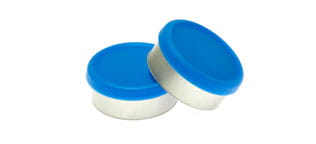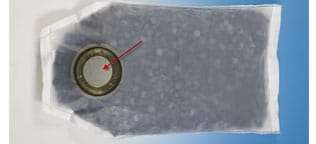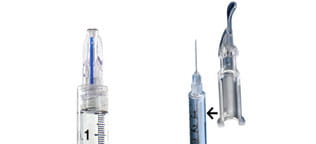Freeze! Froze! Frozen!
The glass transition temperature (Tg) is the temperature at which a material loses its viscoelastic properties. It is also indicative of the lowest temperature at which the polymer system will retain its functionality.
![]()
The typical Tg for polymer used in the general industry is approximately -50oC. For drug product that requires storage at cold temperature, below the Tg of the rubber, the hard surface of rubber would be seated against the hard surface of glass. This may affect the container-closure integrity (CCI), causing a potential for microbial ingress and gas headspace exchange. Customers should perform proper functionality testing of the stopper with emphasis on seal integrity on the product package intended for storage at these temperatures. Currently, there is no test method available for CCI at -80oC. The typical approach is to prove CCI and sterility prior to storage below -80oC. Rubber has ‘memory’ and so it is recommended for retest after bringing back to ambient to prove no impact to CCI or sterility .
In addition, the Tg of the PP buttons used on the Flip-off seals is approximately -20oC. Below which, premature removal of button may occur during shipping. West offers ‘copolymer’ buttons. Copolymer is a more robust material and limits early activation of button during shipping. Copolymer seal is made of PP with small amount (<10%) of PE added. PE helps the seal from becoming brittle during cold storage. The copolymer seal performs at -80oC. Further investigation would be required for storage below -80oC using the copolymer seal.
West offers packaging components tested to be suitable for cold temperature storage (-80°C or dry ice) and for transport in dry ice. Please contact your account representatives for more information for the appropriate recommendations.











